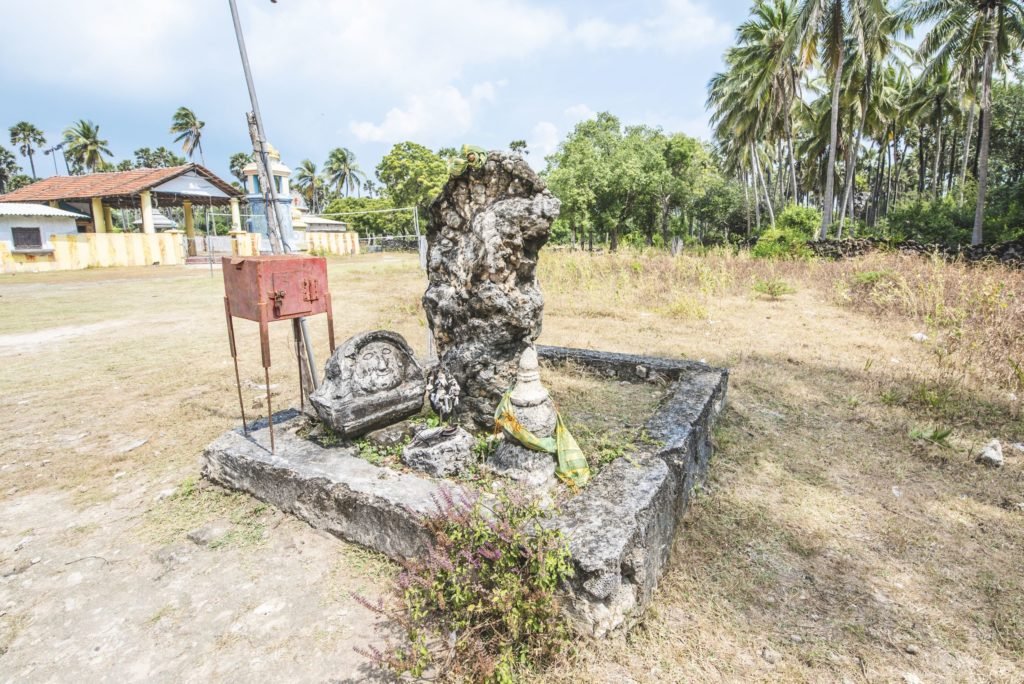Though there are ancient ruins of a temple, what is more evident in the Delft Island’s recent history are the ruins of a Dutch colonial fort. It was the Dutch who named the island after the City of Delft in the Netherlands and the name remains to this day in common usage though in current official records the island is known as Neduntivu.
Fort
Originally built by the Portuguese, it was later expanded by the Dutch. Corals and limestones have been used in its construction. This is the only fort of its kind in the Country to have been built using these materials. The Dutch also built a garrison about 1 mile from the fort.
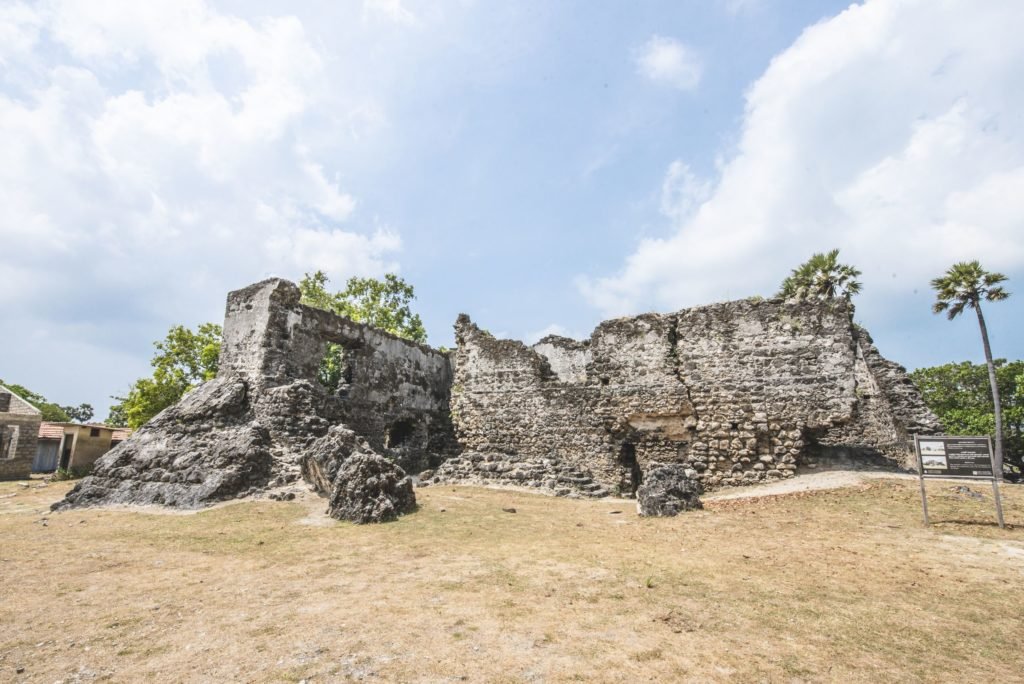

Wild Horses
These wild horses were originally brought here by the Colonist for military use and to be bred and traded with India. Now the Island has become a sanctuary for these wild horses. The remains for the Portuguese/Dutch horse stables can be still seen. These animals are a protected species. However, there are few horses that can be ridden as they have private owners.
Baobab Tree
This African tree is believed to be planted by Arabian merchants. This is a non-native species for the Country. However, this Baobab tree has thrived in this flat, dry island. Five adults with linked hands are needed to cover the entire circumference of this tree
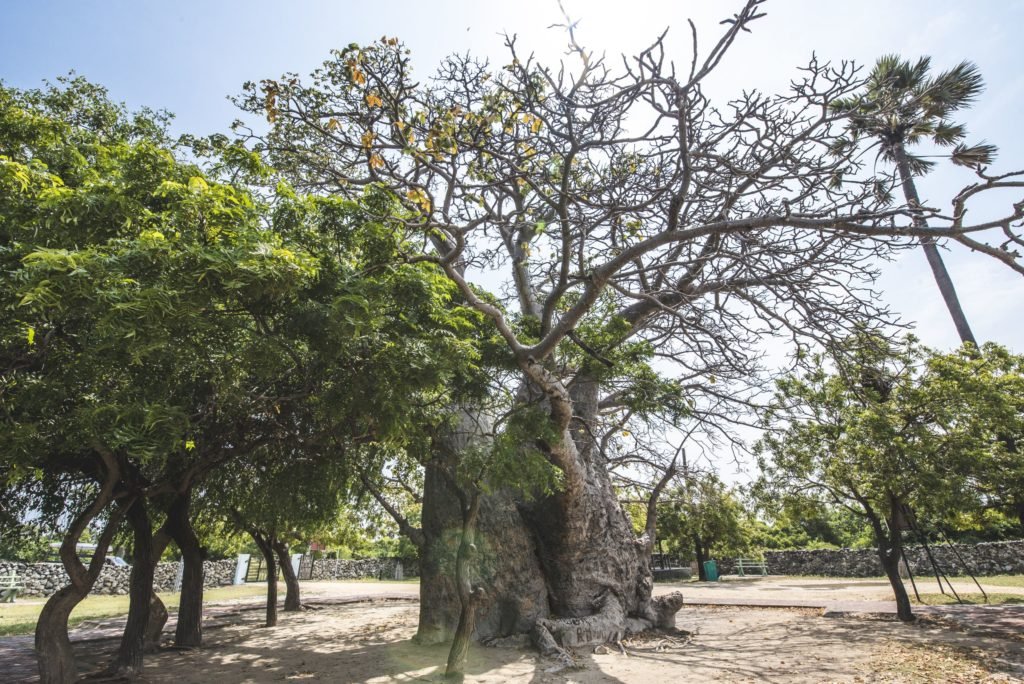
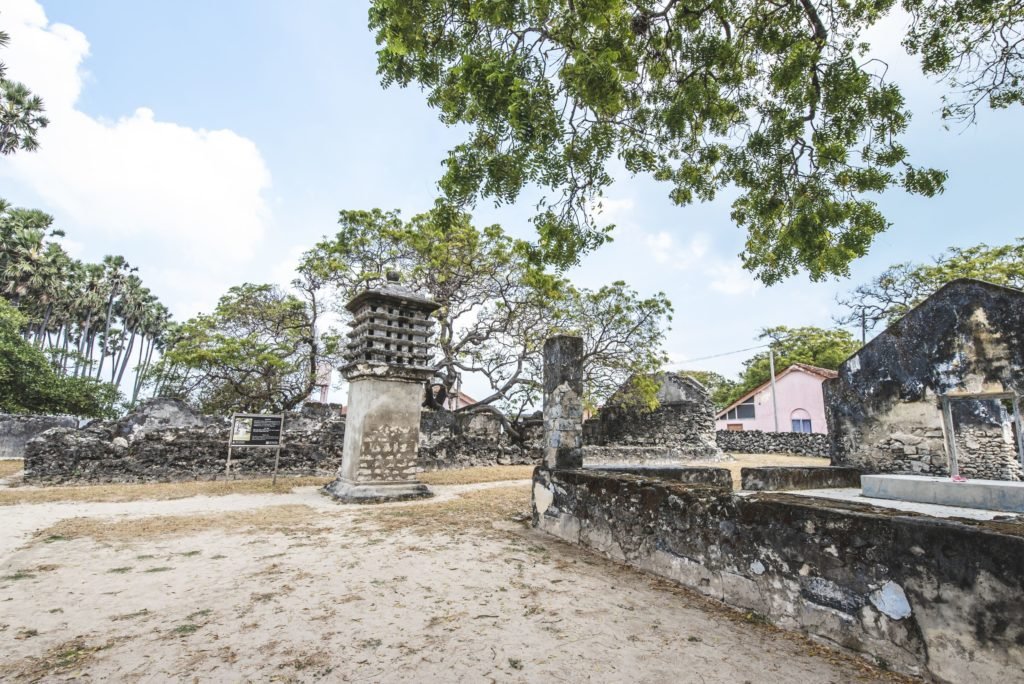
Dovecoat
The Dutch Dovecoat was part of the Dutch garrison. Even though not much of the garrison remains today, the Dovecoat built from corals stands the testimony of time. This structure is from the times that messenger pigeons were used to communicate between Delft Island and Mainland Jaffna.
Buddhist Ruins
There are ruins of 3 stupas and 2 small shrines relating to Buddhism. Recent excavation has produced stone inscriptions that dated this site to 1st century.
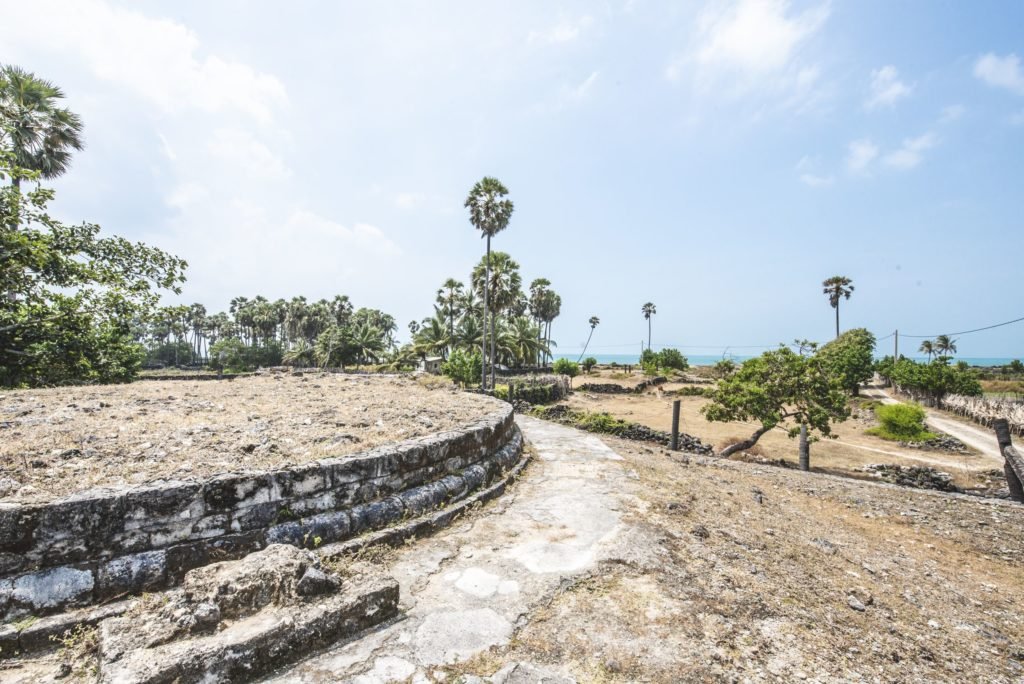
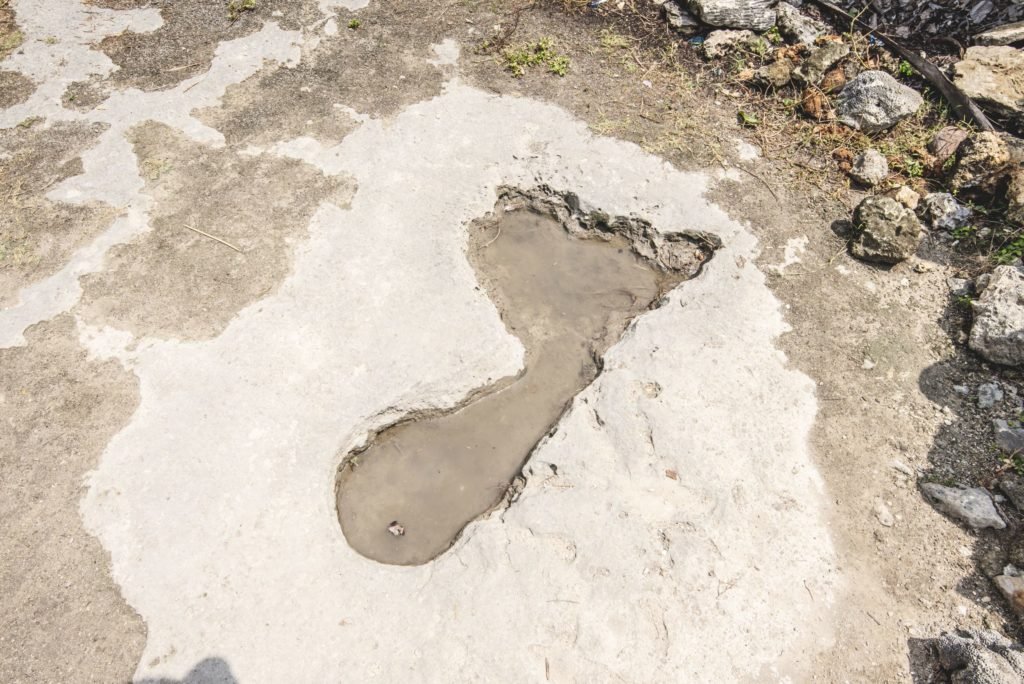
Giant Footprint
Some believe that this footprint belongs to Adam while the natives of the Island attribute it to Lord Shiva. There are others who claim that this footprint belongs to the Monkey god Hanuman. Whatever the origins may be of this 40-inch geological anomaly, it is a special sight to witness.
Growing Coral
The vertically growing coral is scared and worshiped by the locals. The coral is shaped in a multi-headed cobra’s head. As cobras are considered sacred to Sri Lankans, it is no wonder that this Coral has gained such importance.
